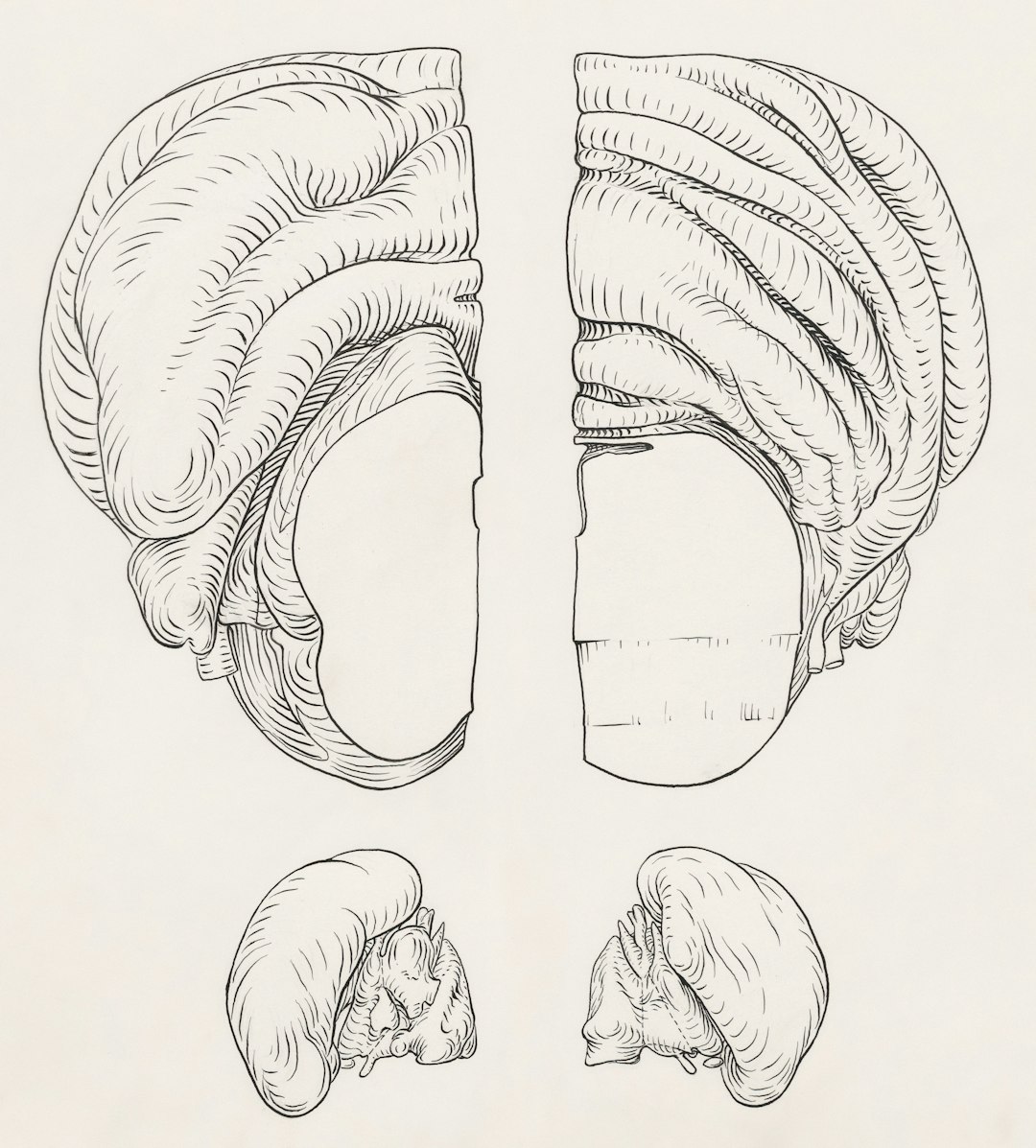Shear Anatomy Fundamentals
Understand every component of a professional shear so you can diagnose issues, communicate with sharpeners, and teach clients.

Component overview
| Part | Function | Tips |
|---|---|---|
| Tips | Precision cutting, detailing | Protect with blade guards; chips show first |
| Blades | Cutting surface shaped by edge type | Match blade geometry with Blade Types |
| Ride line | Interior polished strip that ensures smooth glide | Needs proper sharpening; avoid DIY fixes |
| Hollow grind | Scoop on the inside blade face that reduces friction | Look for clean, even polish |
| Spine | Adds rigidity; thicker spines support power cuts | Inspect for warping after drops |
| Pivot screw/dial | Holds blades together and sets tension | Adjust minimally; note original setting |
| Finger rings | House index/middle fingers; provide leverage | Use inserts to customize fit |
| Thumb ring | Controls opening motion | Should allow natural movement without overreaching |
| Finger rest (tang) | Stabilizes pinky and distributes weight | Tighten periodically |
Diagnosing common issues
- Snagging at tips: Often caused by micro-chips or misaligned ride line—document and send to a pro sharpener.
- Clicking or catching: Pivot screw may be loose; check tension and inspect washer/bearing.
- Uneven closing pressure: Hollow grind could be uneven after poor sharpening; request a factory reset.
- Blade separation: Tension too loose or washers worn. Replace washers if grooves are visible.
Communicating with sharpeners
Provide:
- Shear make/model, steel type, and preferred edge finish
- Service history (dates, prior issues)
- Specific symptoms with photos if possible
Use a shared maintenance log so sharpeners can track adjustments.
Teaching clients
Use anatomy knowledge during consultations:
- Explain why convex edges feel smoother and require gentler handling.
- Show how proper storage prevents tip damage, reinforcing aftercare when clients invest in shears for home use.
Next steps
- Print or save this anatomy chart for reference during maintenance.
- Pair with the Maintenance Basics checklist to monitor wear.
- Use the terminology when filling out the Brand Comparison Matrix.

